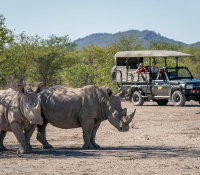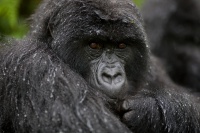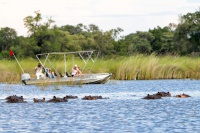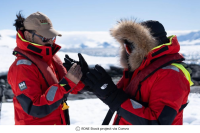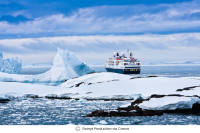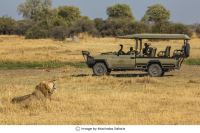-
The Story of Jane Goodall And How She is Saving Chimpanzees!
How It All Started
In the Gombe rainforest reserve in Tanzania, Jane, a young woman from England was walking when she spotted something. It was a large male chimpanzee looking for food.
She observed the chimpanzee through her binoculars as he carefully took a twig, bent it, stripped it of its leaves and proceeded to use it as a spoon.
This was a significant moment for Goodall, as she witnessed a non-human creature not only using a tool, but also crafting one. It was one of the most important scientific observations of modern times, made in that remote African rainforest.
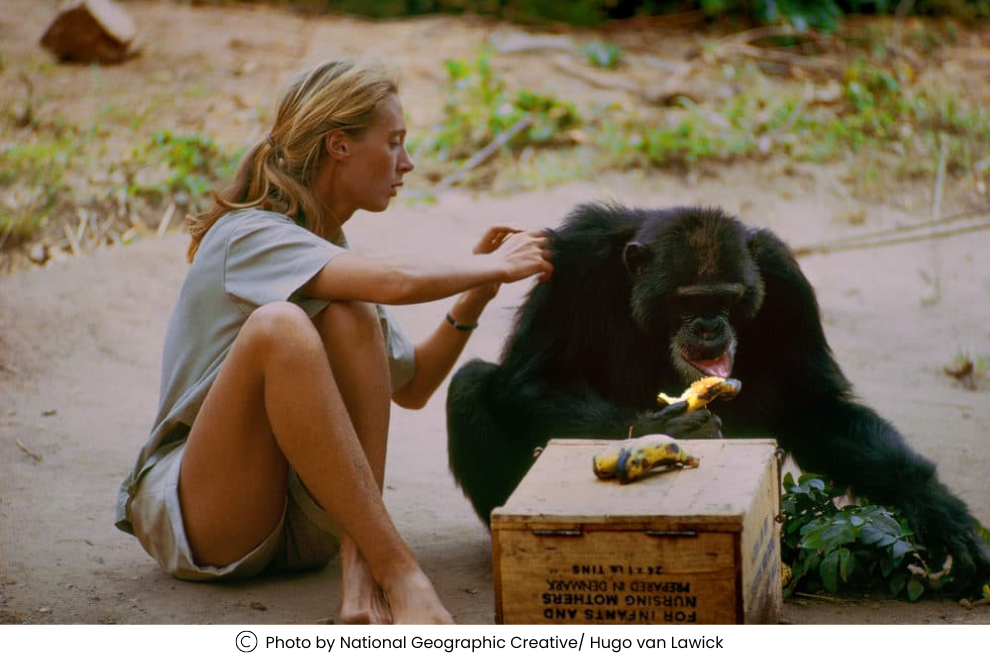
How long did she stay there?
She first arrived there in 1960 when she was 26 years old and began her groundbreaking research on chimpanzee behavior and social dynamics.
She lived in the park for many years, observing the chimpanzees and documenting their behaviors and interactions with each other. Goodall's research at Gombe continued for over 50 years, making her one of the longest-standing field researchers in primatology.
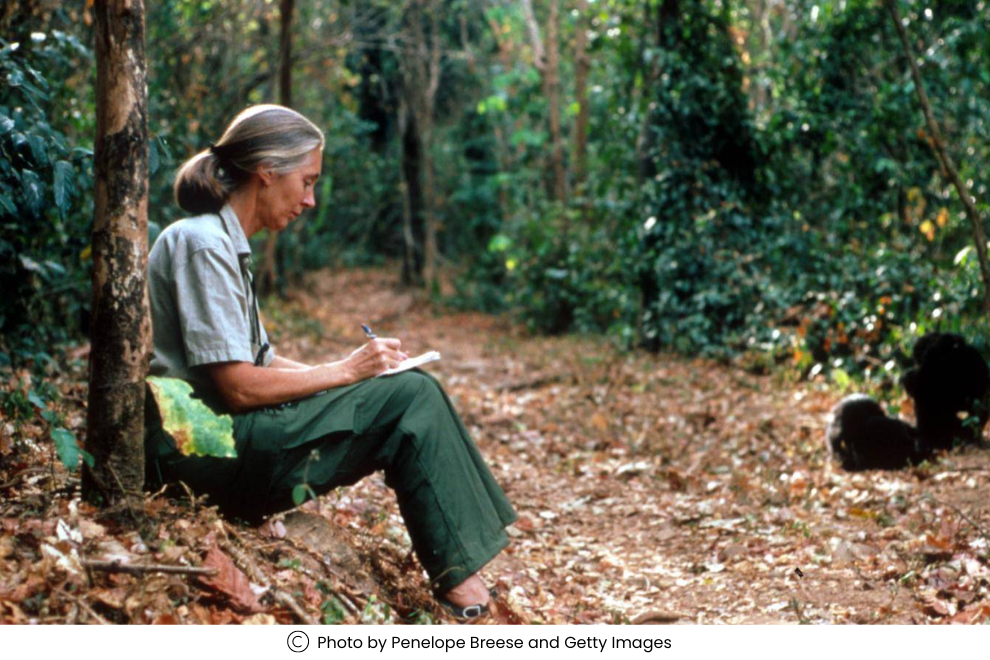
What were some of her notable observations?
Some of her most notable observations/similarities between humans and chimpanzees were:
- She discovered that they have social structures similar to humans.
- She documented the formation of family groups, strong bonds between individuals, and the existence of power hierarchies and alliances between different groups.
- Goodall also observed chimpanzees using tools, such as sticks to catch termites, rocks to crack nuts, and leaves to collect water.
- This discovery challenged the idea that tool use is unique to humans and helped expand our understanding of how human cognition evolved.
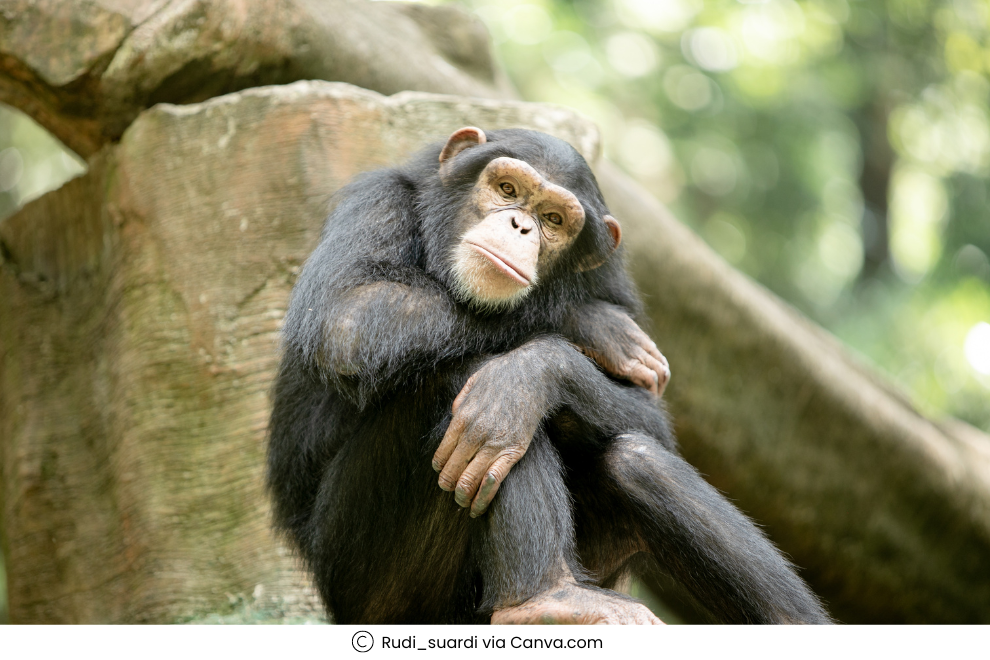
Why did she leave the forest?
Goodall did not leave the forest as much as she reduced the amount of time she spent there conducting her research. As the years passed by, she became increasingly concerned about the pressure on forest resources, since the population of Gombe was growing.
She was also concerned about the kind of impact human presence can have on these animals.
On the other hand, there was a threat of habitat loss and poachers, so she steered her focus towards raising awareness and founded the Jane Goodall Institute. The institute works to protect chimpanzees and their habitats and promote environmental education and sustainable livelihoods for local communities.
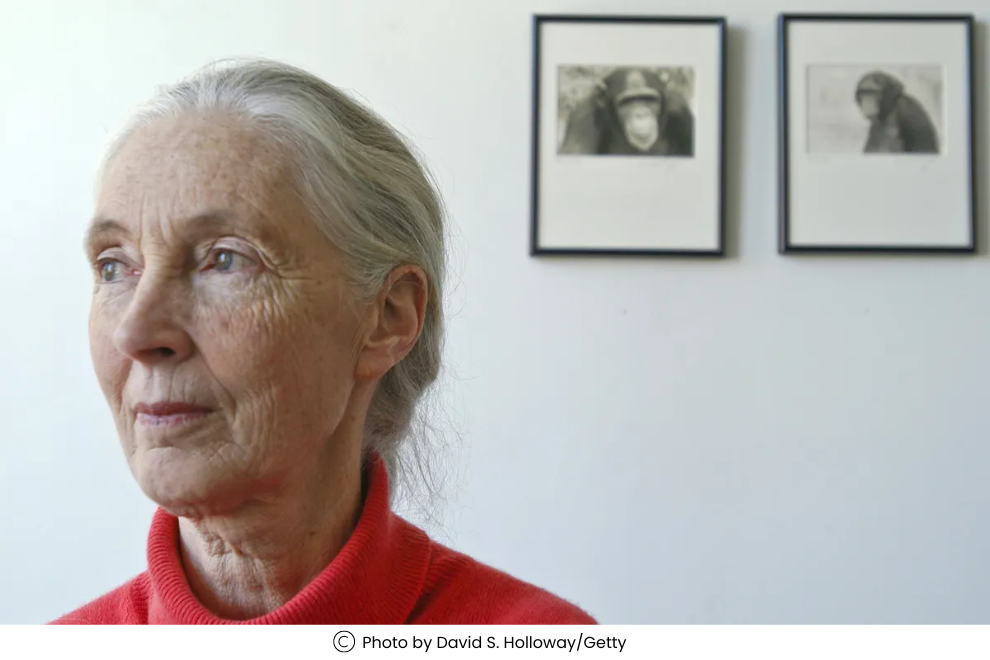
Challenges faced by Goodall
Goodall’s work gained recognition and respect in the scientific community. However, that was not the case initially. Some of the challenges she faced were:
- Her method of research was seen as unconventional. She used an observational approach as opposed to other, traditional approaches.
- Goodall also did not have any scientific training so her work was not taken seriously.
- She was criticized due to her involvement with the subjects.
- Goodall was also criticized for naming the chimpanzees instead of numbering them. This is generally frowned upon in the scientific community since some scientists are of the view that it shows a lack of objectivity.
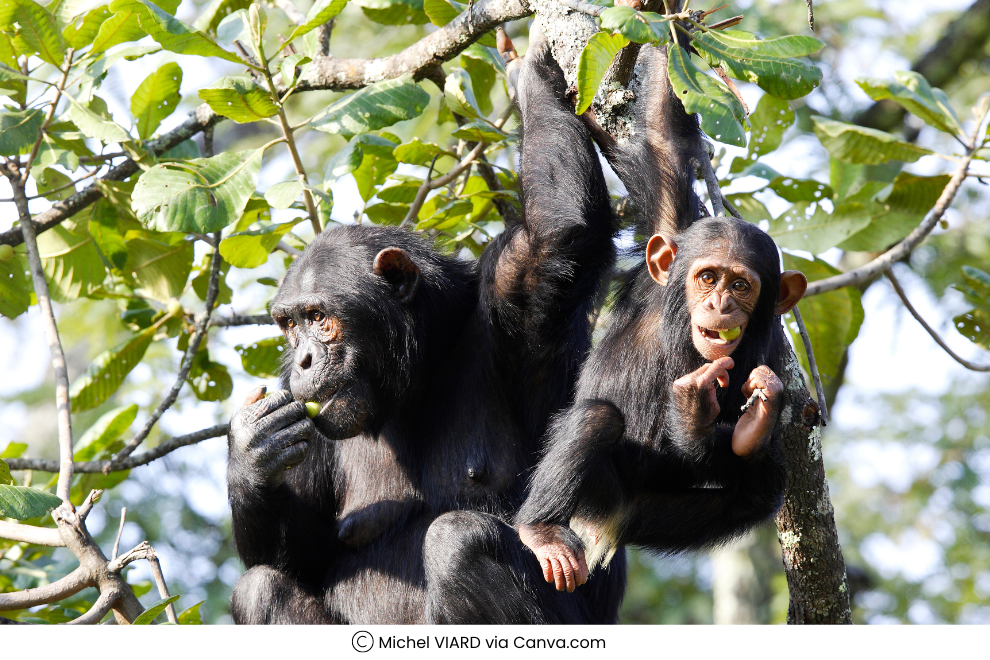
The effects of Climate Change and Goodall’s efforts
- One of the main ways that Goodall and her team are curbing the effects of climate change is by promoting sustainable land-use practices that reduce deforestation and support forest regeneration.
- The Jane Goodall Institute works with local communities to develop sustainable livelihoods that minimize the impact on forest resources, such as eco-tourism, beekeeping, and sustainable agriculture.
- They also conduct awareness-raising programs, disease monitoring and habitat restoration.
- Goodall is also a strong advocate for reducing greenhouse gas emissions.
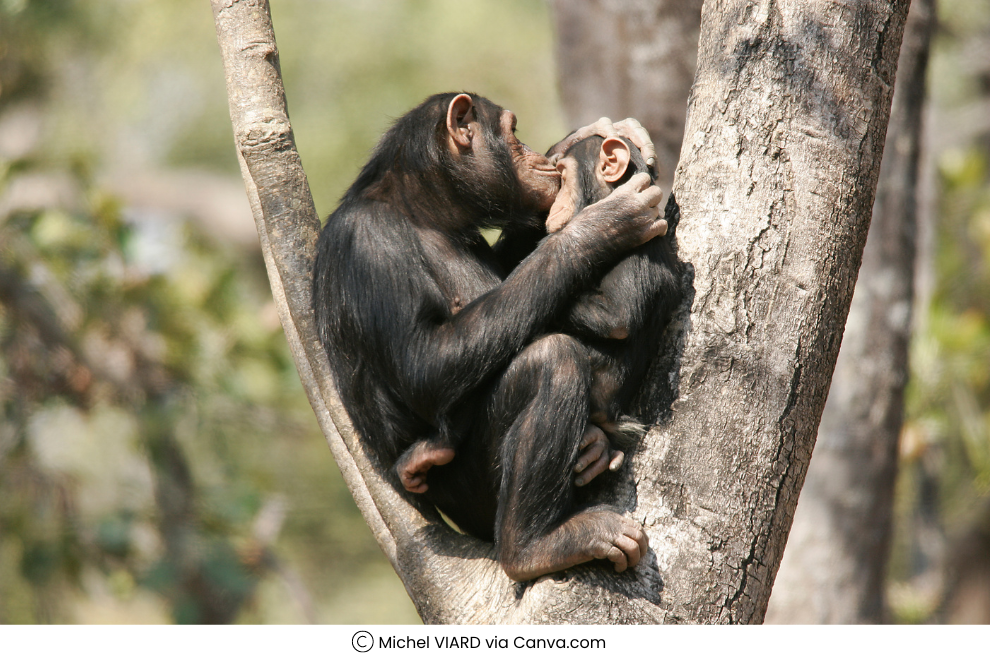
Her work’s recognition
Goodall has been recognized with numerous awards and honors for her work as a conservationist and primatologist. She has been awarded the Tyler Prize for Environmental Achievement, the Kyoto Prize in Basic Sciences, and the Prince of Asturias Award for Technical and Scientific Research, among many others.
Goodall was appointed a United Nations Messenger of Peace (2002) and has since worked to promote peace and sustainability around the world. She has also been inducted into the Royal Society, the National Women's Hall of Fame, and the International Women's Forum Hall of Fame.
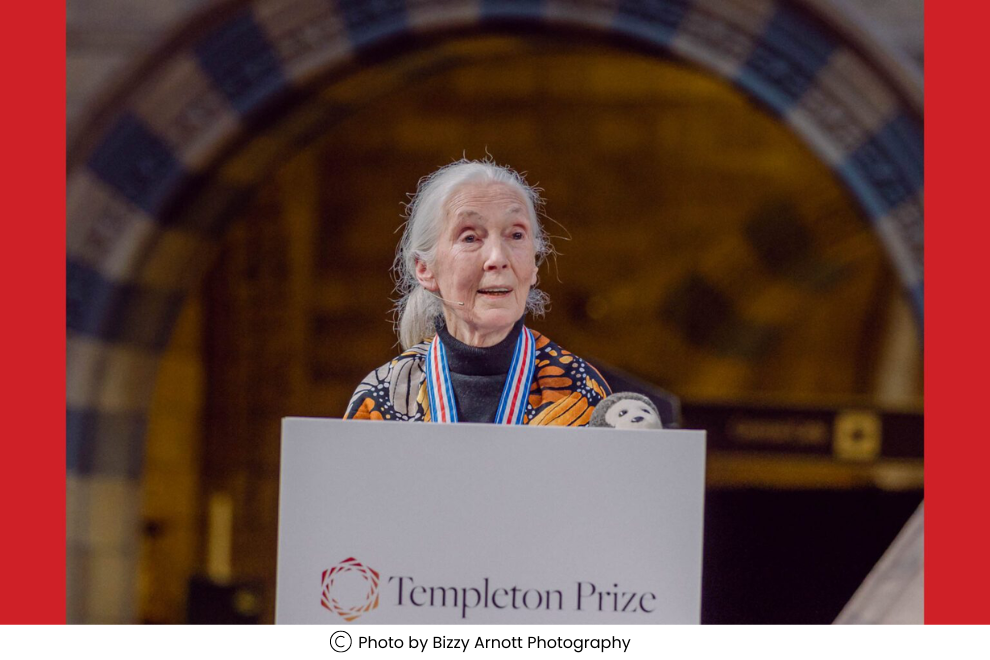
Goodall’s advocacy and message of empathy
Jane Goodall strongly believes in empowering women and promoting gender equality. She has been vocal about this throughout her career and has collaborated with organizations like UN Women to advance this cause.
Goodall has also been a vocal critic of the use of chimpanzees in biomedical research and has worked to end this practice. She has advocated for the protection of chimpanzees in the wild, working with local communities to develop sustainable livelihoods.
Goodall's message to the world is one of urgency and optimism. She believes that by working together, we can create a better future for ourselves, for the planet, and for all the species we share it with. Heightened curiosities for chimpanzees? We have got you covered with Everything you need to know about Gorillas!
Ready to embark on your next adventure? Fill out the form below and let our experts curate your dream getaway!
All Fields are mandatory*-
Related Tours
-
Recent Blogs


